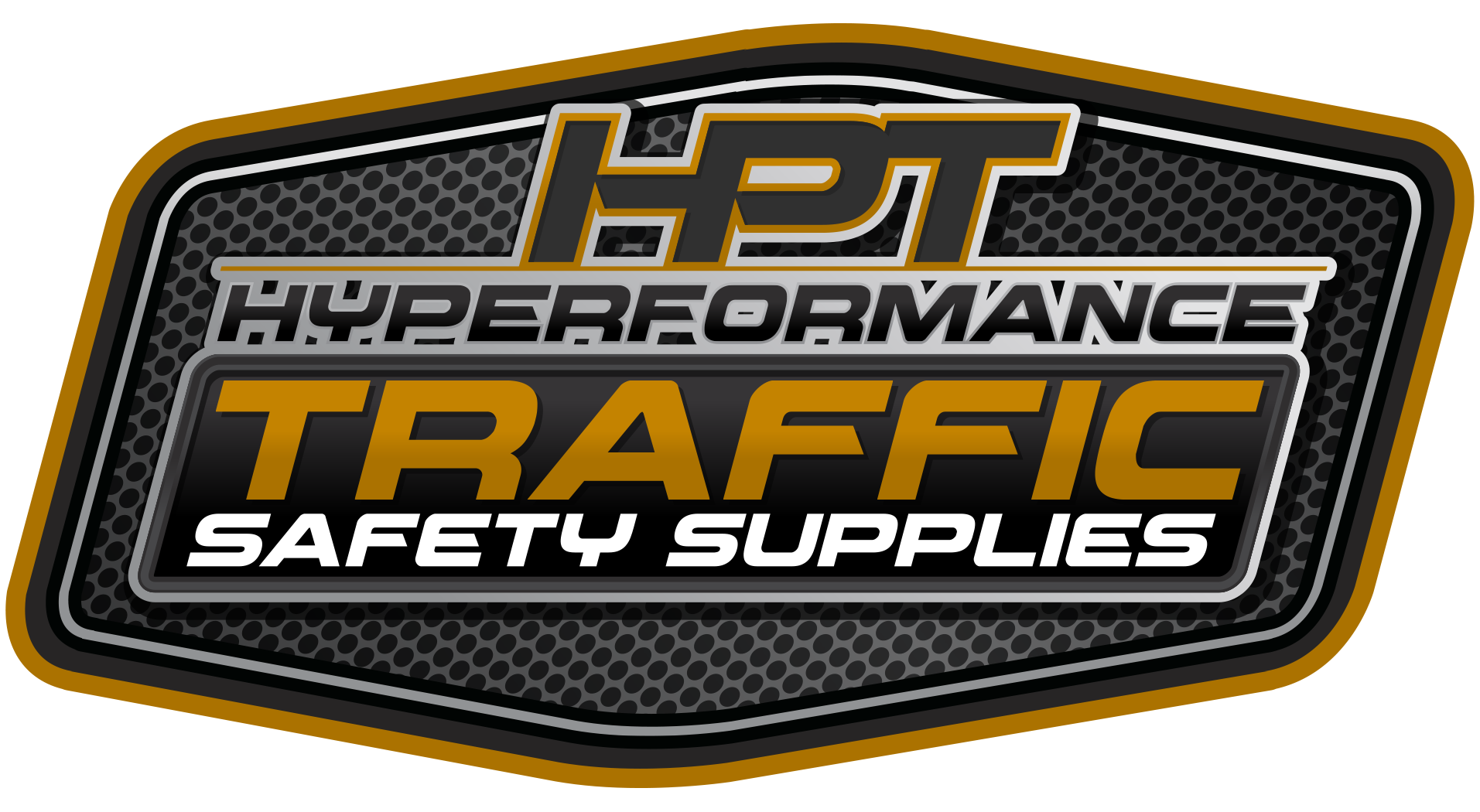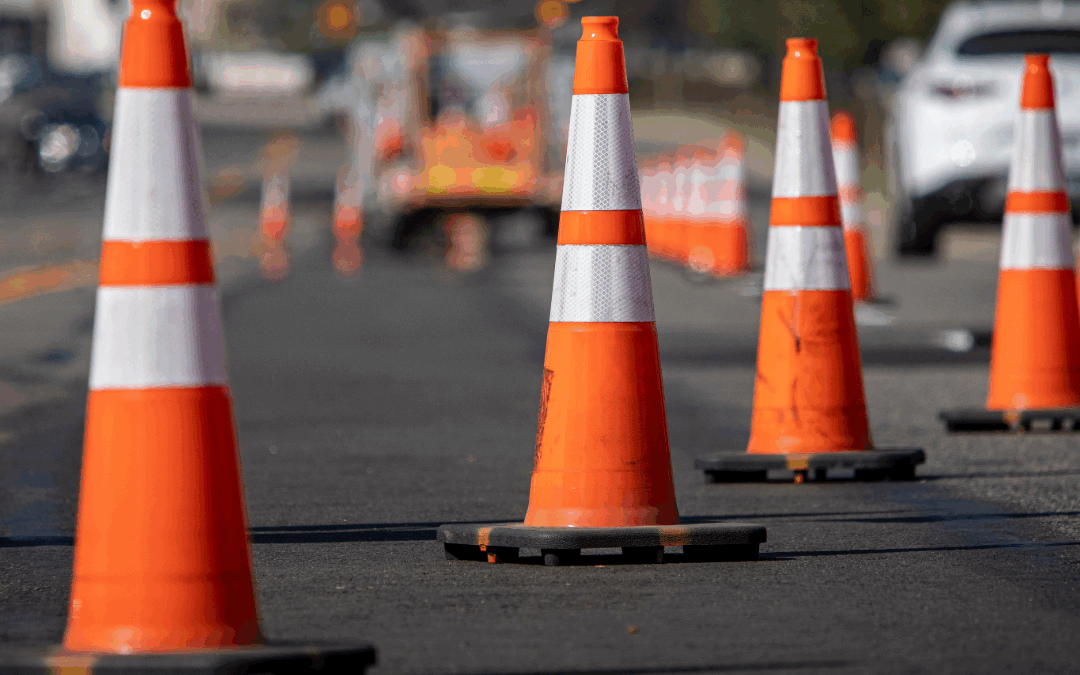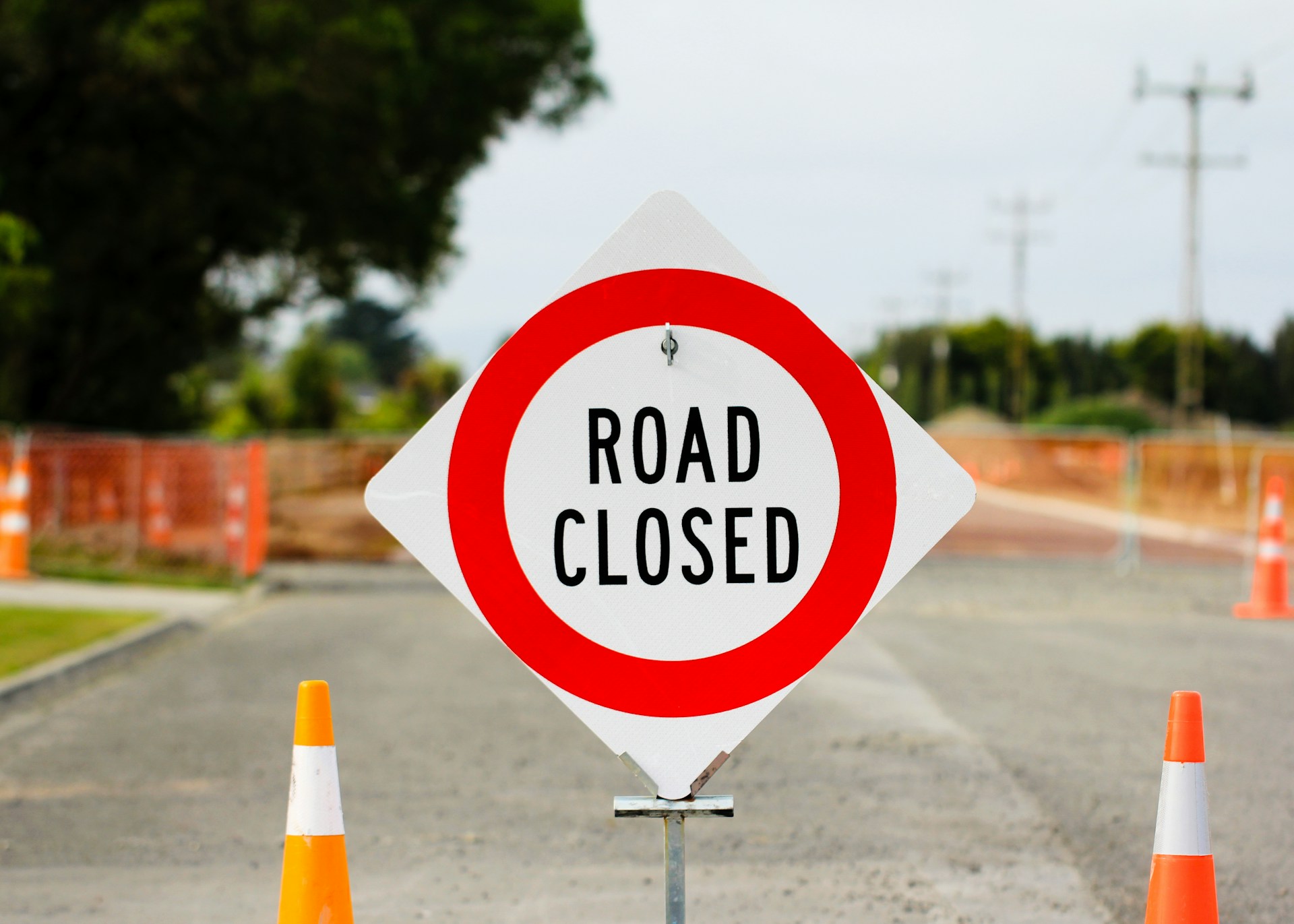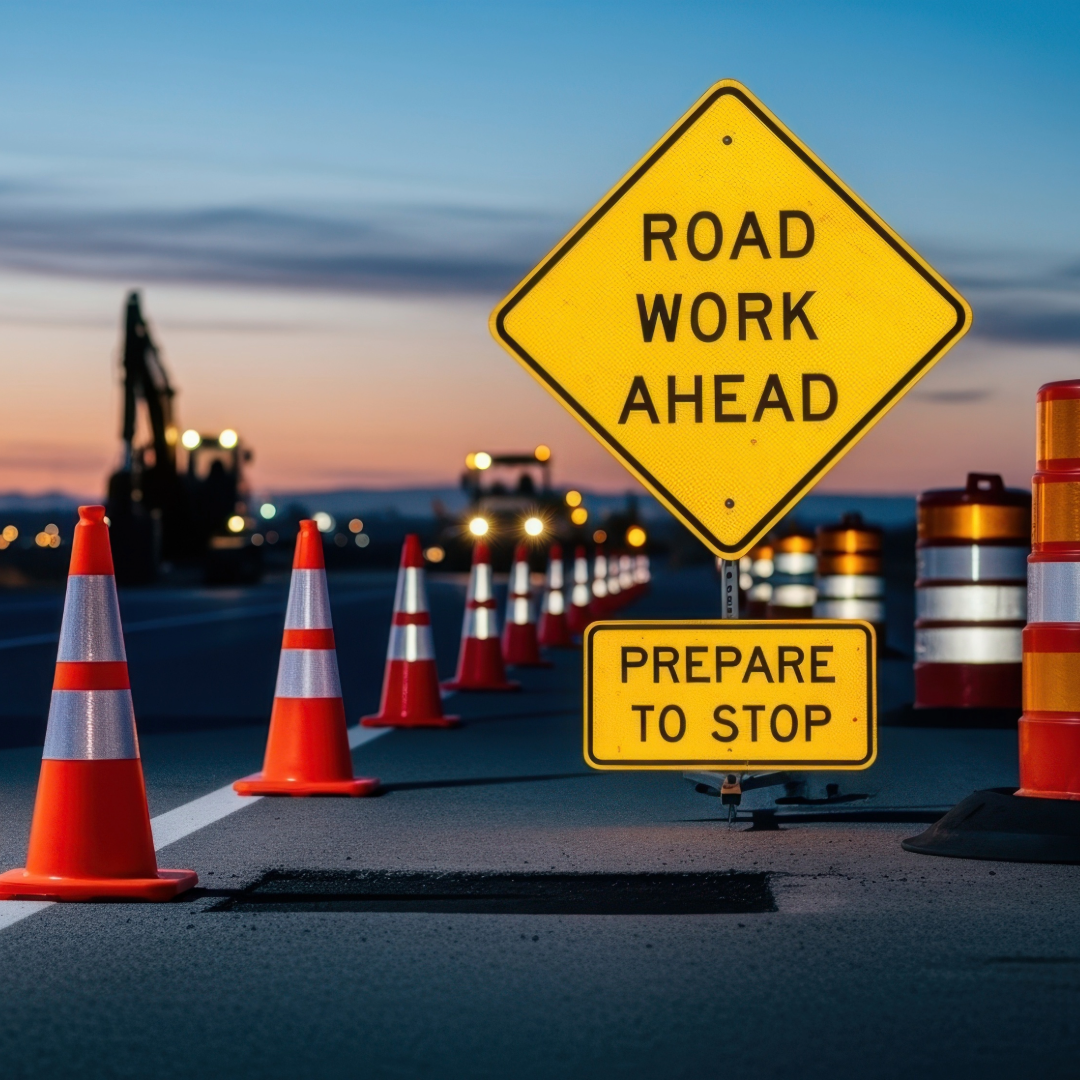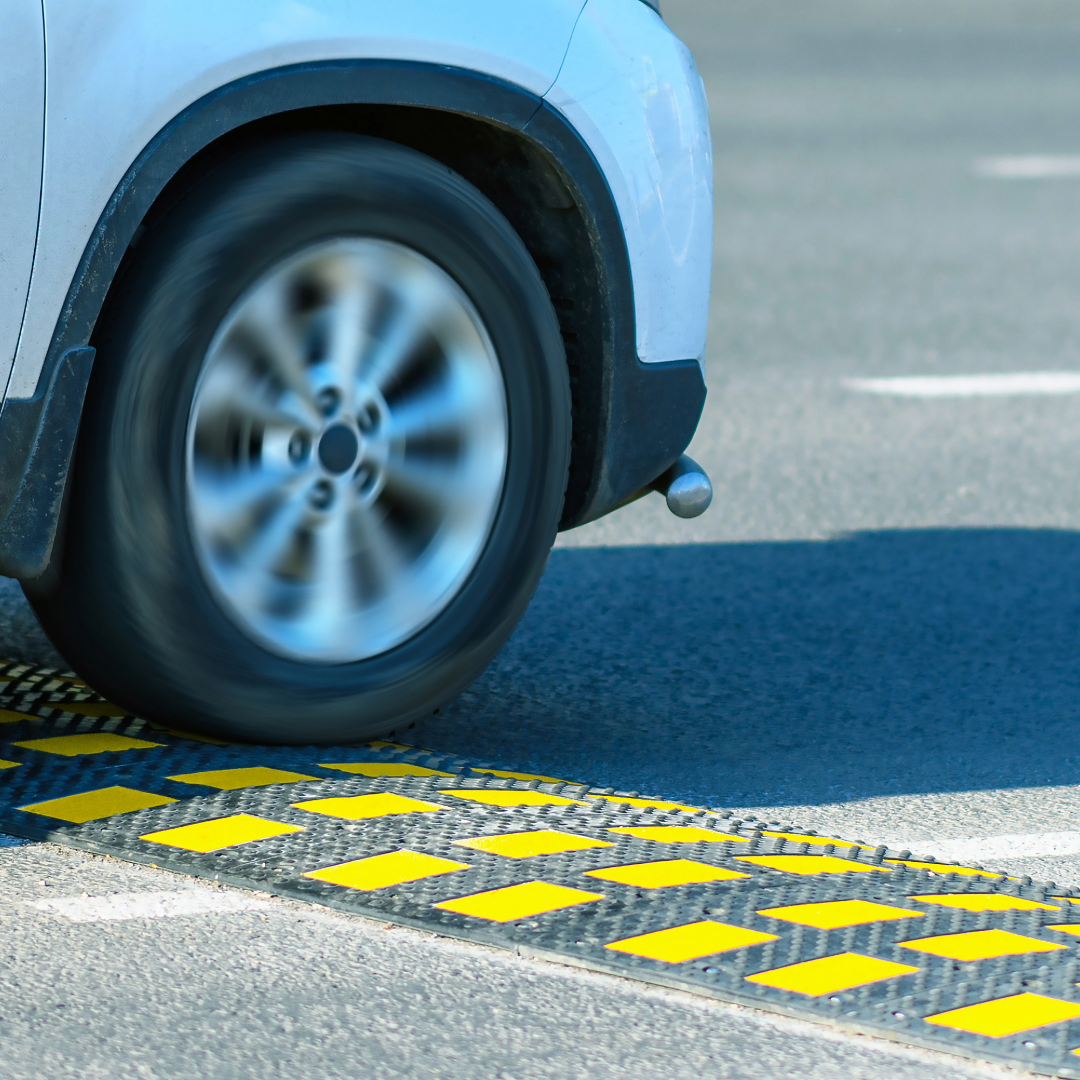Traffic control barriers do a lot more than just block off lanes. They help keep vehicles and pedestrians safe, guide the flow of movement, and offer protection in active work zones or high-risk areas. From parking lots and construction areas to highways and school zones, having the right barriers in place creates order and reduces the chance of accidents. That’s why it’s important to keep an eye on their condition.
Over time, barriers start to wear down. They take hits from weather, vehicles, and daily movement. When they’re past their prime, they might not do their job the way they should. Knowing when to replace your traffic control barriers can help prevent larger issues later. Replacing them at the right time not only keeps people safer but also helps avoid big headaches down the road.
Signs That It’s Time To Replace Your Traffic Control Barriers
Even the most well-made barriers have a limit. Keeping damaged or weakened ones in place can create more problems than solutions. So how do you know when it’s time to swap them out?
Here are some signs to watch for:
– Major cracks, splits, or dents that affect structure
– Peeling or faded reflective strips or paint
– Loose or missing connecting parts
– Barriers that lean or no longer stand upright
– Reports of near-misses or accidents linked to that section
Let’s say a concrete median in a loading area has been hit several times by delivery trucks. It now leans to the side and has large chips missing. This is more than just an eyesore. It’s a signal that the barrier might not stop vehicles during another impact and that puts people nearby at risk. When things look beat up or perform less like a barrier and more like a hazard, it’s time to take action.
Worn barriers aren’t just a safety issue. They also make your property look uncared for. If visitors, workers, or drivers can’t clearly see where to go or stop, that confusion can lead to problems fast.
Factors That Accelerate Barrier Deterioration
While no barrier lasts forever, some wear down faster because of outside pressure or environmental issues. Understanding what weakens them helps with better planning and can extend how long your traffic control equipment holds up.
These common stressors tend to speed up damage:
– Heavy storms or long exposure to sun, wind, or snow
– Lots of vehicle impact, especially from large trucks
– Road salts and other chemicals like fuel or cleaning agents
– Being moved too often or installed without proper setup
– Lack of cleaning or ignoring early signs of wear
Installing barriers without securing them well is another reason they start to fail. They shift with movement and develop cracks or loosen over time. Combine that with steady traffic or bad weather, and they’re more likely to come apart at the worst moment.
Frequent contact with harsh materials like oil, salt, or even construction dust can also wear down the material faster. If you notice barriers getting brittle, discolored, or soft in places, it’s best to evaluate them right away. Keeping traffic control equipment in good shape isn’t just about making replacements. It’s about knowing what breaks them down so you can respond faster and smarter.
Tips For Selecting Durable Traffic Control Barriers
Choosing the right traffic control barriers starts with knowing the demands of your space. Some areas face constant vehicle flow, while others might be exposed to changing weather, chemical spills, or sudden impact. Using the wrong type of barrier can cost more over time because it may need frequent repairs or early replacement.
To get the best performance from your traffic control equipment, think through the following:
– Match materials to the environment. Concrete barriers might work better for high-impact zones, while plastic or water-filled styles suit temporary needs or sites with lighter foot and vehicle movement.
– Pay attention to durability features. Look for UV-resistant coatings, reinforced ends, or interlocking designs that add life to the barrier.
– Think about future use. Modular barriers that can be rearranged or replaced in sections make upkeep a lot easier.
– Consider reflectivity and visibility. If your area gets low light or heavy fog, go with brighter colors and built-in reflective panels for better safety.
– Make sure your team can install and inspect them without needing specialized machinery or aid.
As an example, a warehouse that receives deliveries day and night might benefit from barriers that have reflective panels and built-in handles, making them easier to relocate during layout changes. Choosing a setup that balances ease of use and long-term resilience saves time and stress down the road.
Smart material selection can make your traffic control equipment work harder for longer without demanding extra maintenance or frequent replacement. It helps keep people safe, no matter the layout or type of zone.
Scheduling Regular Inspections And Maintenance
Even the best barriers aren’t fully set-it-and-forget-it. They need attention every now and then to spot early signs of trouble before they become bigger problems. A few small changes can help extend the life of your barriers and keep things running as planned. Set clear times to check your traffic control equipment and keep a simple log of what’s found.
Ways to stay on top of it:
– Inspect barriers at least once a season or after any strong weather event
– Check for cracks, loose components, or shifted positioning
– Confirm that reflective strips and paint are still bright and visible
– Make small fixes early, like realigning or cleaning over scuff marks
– Keep records of each inspection’s date, issues found, and what was done next
This process doesn’t have to be complex. Just walking the area with a checklist and snapping a few photos when something looks off can help avoid bigger repairs later. If your site tends to change layouts often, like during rush projects, daily deliveries, or events, it might make sense to inspect the barriers every couple of weeks.
When something seems beyond repair, don’t delay. Quick replacements or professional feedback can save time and frustrations, especially in high-traffic or high-risk spots.
Keep Traffic Moving And People Safe
Staying ahead of barrier damage is a smart way to prevent accidents and cut down stress. Traffic control barriers might seem easy to overlook, but they play a big part in keeping things running smoothly. That’s why knowing when to replace them, and doing it on time, puts everyone in a better position, from drivers and workers to pedestrians and property owners.
The goal isn’t perfection. It’s safety that works every day and doesn’t fall apart when things get busy. By choosing the right materials, keeping up with inspections, and handling wear before it becomes a bigger problem, you’re making a smart long-term choice. Whether you manage a job site, parking lot, or loading zone, updated barriers help you create clearer paths, safer spaces, and fewer headaches.
To make sure you’re always choosing the best for your company, take a look at our wide selection of traffic control equipment. At Hyperformance Traffic Safety Supplies, we’ve got everything you need to keep things running safely and smoothly, from strong barriers to the latest signage solutions.
